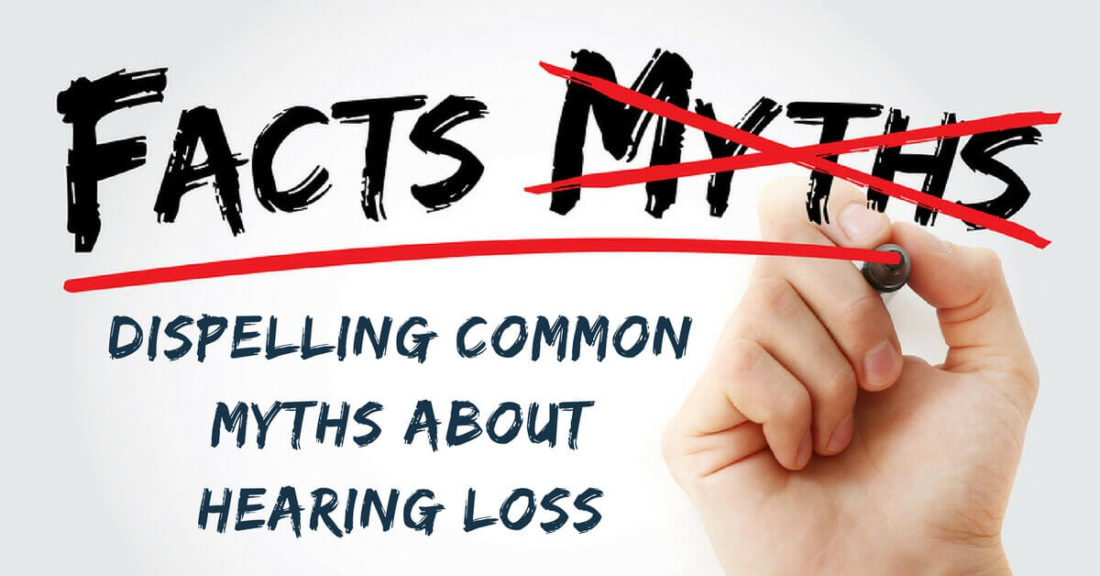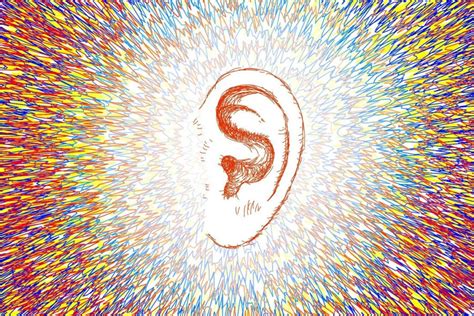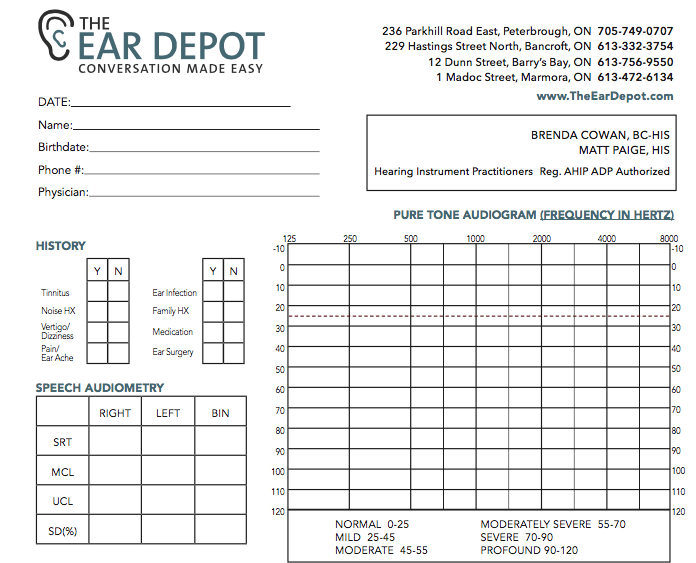5 Myths About Your Hearing
5 Myths about Hearing Hearing can be a bit of a mystery. It’s one of those senses we don’t think about too much until we can’t hear well. There are learning more every year about our ears through ongoing research. So here are a few myths about hearing and their facts that you maybe didn’t know! 1) Myth: If I had a hearing loss I would know Fact: The Canadian Health Measures Survey in 2015 found that most Canadians with hearing loss were unaware of it. In most cases, hearing loss happens gradually. This means we may not notice any changes until it becomes difficult to understand a conversation, to hear the TV, or we find ourselves saying “pardon” more times than we can count. This may also be why we associate hearing loss with getting ‘older’. We just don’t notice it till then! Including a hearing test in your overall health routine can keep you informed and your ears healthy. 2) Myth: My hearing only affects me Fact: In one way this is true, hearing loss is a personal thing, but it doesn’t just affect you. Have you ever considered how it might affect your co-workers, friends, and loved ones? How many times do your co-workers have to repeat things for you? Or imagine how it feels to not be heard by someone you love. Everyone around you needs and wants to communicate with you. As humans, we are social creatures and need to be in a community. Hearing loss...




Recent Comments